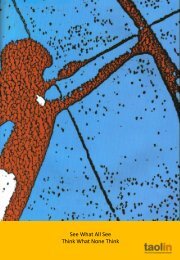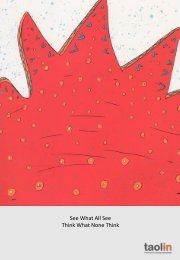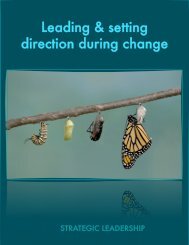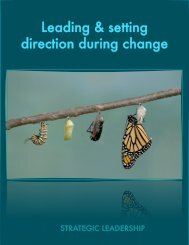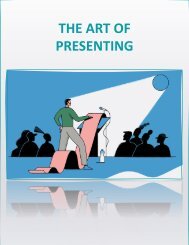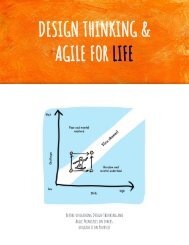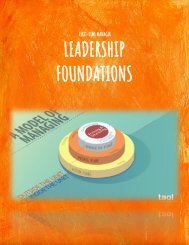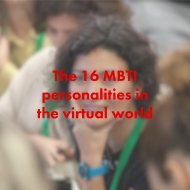2020 iLEAD e-book
- No tags were found...
Create successful ePaper yourself
Turn your PDF publications into a flip-book with our unique Google optimized e-Paper software.
shows how to promote autonomy in the many realms of our lives. The questions so many people ask, i.e.<br />
‘How do I motivate people to learn? to work? to do their chores? or to take their medicine?’— are the wrong<br />
questions. They are wrong because they imply that motivation is something that gets done to people rather<br />
than something that people do.”<br />
Vroom<br />
Vroom's theory assumes that behaviour is a result from conscious choices among alternatives. The expectancy<br />
theory says that individuals have different sets of goals and can be motivated if they have certain<br />
expectations.<br />
Expectancy Theory Expectations<br />
There is a positive correlation between efforts and performance<br />
Favourable performance will result in a desirable reward<br />
The reward will satisfy an important need<br />
The desire to satisfy the need is strong enough to make the effort worthwhile<br />
Expectancy Theory Beliefs<br />
Valence. Refers to the emotional orientations which people hold with respect to outcomes [rewards].<br />
The depth of the want of an employee for extrinsic [money, promotion, free time, benefits] or<br />
intrinsic [satisfaction] rewards. As a manager, you need to discover what employees appreciate.<br />
Expectancy. Employees have different expectations and levels of confidence about what they are<br />
capable of doing. As a manager, you need to discover what resources, training, or supervision the<br />
employees need.<br />
Instrumentality. The perception of employees whether they will actually receive what they desire,<br />
even if it has been promised by a manager. As a manager, you need to ensure that promises of<br />
rewards are fulfilled and that employees are aware of that.<br />
Vroom suggests that an employee's beliefs about Expectancy, Instrumentality, and Valence interact<br />
psychologically. In this way they create a motivational force, such that the employee will act in a way that<br />
brings pleasure and avoids pain. This force can be 'calculated' via a formula:<br />
Expectancy Theory Formula<br />
Motivation = Valence x Expectancy(Instrumentality)<br />
Pink<br />
When it comes to motivation, there’s a gap between what science knows and what business does. Our current<br />
business operating system— which is built around external, carrot-‐and-‐stick motivators— doesn’t work and<br />
often does harm. We need an upgrade. And the science shows the way. This new approach has three essential<br />
elements: (1) Autonomy— the desire to direct our own lives; (2) Mastery— the urge to make progress and get<br />
better at something that matters; and (3) Purpose— the yearning to do what we do in the service of<br />
something larger than ourselves.<br />
Dweck<br />
Stanford’s Dweck distills her decades of research to a simple pair of ideas. People can have two different<br />
mindsets, she says. Those with a “fixed mindset” believe that their talents and abilities are carved in stone.<br />
Those with a “growth mindset” believe that their talents and abilities can be developed. Fixed mindsets see





